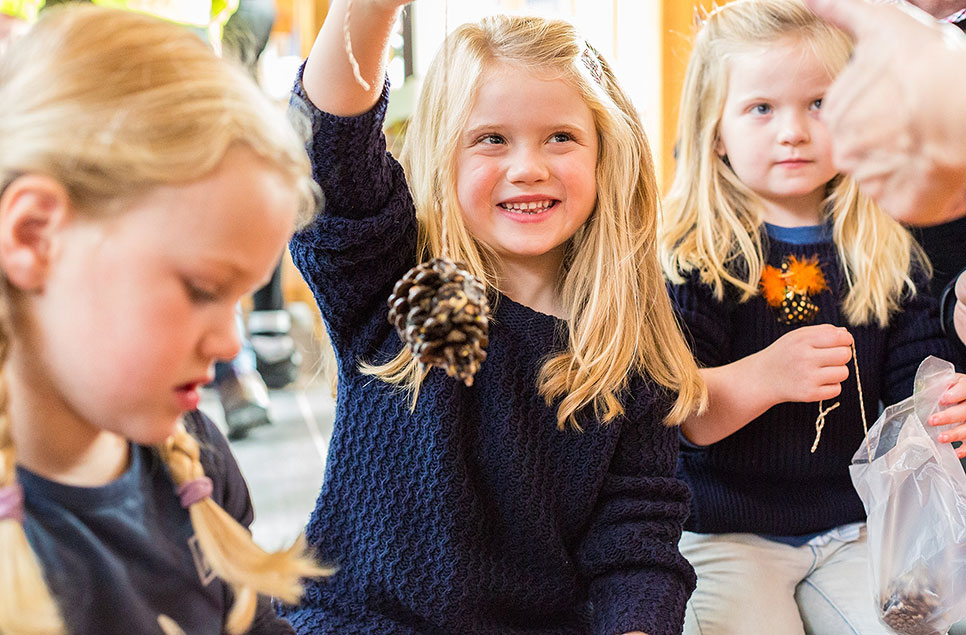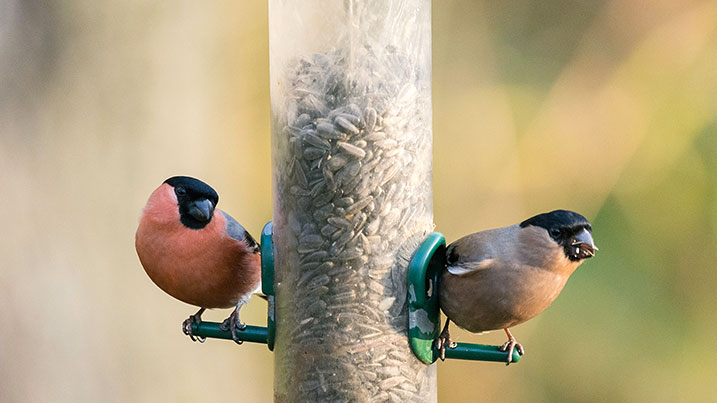Family-friendly make-it activities to help birds at home
Birds flock to our wetlands in great numbers, which is why nature-loving families come from far and wide to see them, often at the request of a young nature enthusiast.

Birds flock to our wetlands in great numbers, which is why nature-loving families come from far and wide to see them, often at the request of a young nature enthusiast. This is because wetlands provide a crucial stopping place or winter home for migratory and residential birds.
At our wetland centres we make sure our reserves are managed for as many different species as we can, from cutting the grass to the right length to maintaining water levels and providing food during the depths of winter when it’s at its most scarce. It’s in late winter, just before spring arrives, that birds are at their most vulnerable – their natural sources of berries, seed heads and insects are very low, and it’s still too early for the new spring life.

If you want to help birds, you don’t have to be a reserve manager to make a difference: there are lots of ways to support the birds you see in your gardens or from your window at home – and entertain the kids at the same time. All of our activities come with easy to print out sheets and video step by step guides to make it as simple as possible.
1. Make a suet bird ball
This can easily be made from any leftover yoghurt carton, or natural materials like a pine cone or coconut shell. It’s really important to use suet or lard and not old cooking fat, as the latter contains chemicals that can harm the birds. Suet bird balls attract all kinds of birds but particularly small birds like blue tits, great tits, dunnocks, robins and woodpeckers. You can place your DIY feeder near any trees or bushes where you can watch it, but far away from any local cats. These homemade fat balls are ideal in cold winter weather as they won’t melt and provide the birds with a source of much needed energy.
Watch the video:
2. Make a lego bird table
Kids can spend hours creating seemingly complex structures from lego, so why not make the most of it and create something that’s useful for birds? Your imagination is the limit for what size and structure you’d like to build and colours to use. You will want a lego base plate and some bricks to get started, but not much else other than a few plant pots, logs or a table to balance it on. The bird table will give birds a handy platform to sit on while they eat the food and water your provide, and a perfect arena in which to observe them.
Watch the video:
Top tip
Make sure to keep on top of any mess that falls from the bird feeders, and keep your feeders nice and clean on a regular basis. It will keep the birds healthy and stop any unwanted visitors from being attracted to your garden.
3. Make a bottle bird feeder
A lot of plastic bottles end up in our wetlands and oceans where they cause all sorts of problems for wildlife. We can try and avoid them, but every now and then you might end up with an unwanted bottle. It’s great to recycle them but even better to put them to good use, making one of these fantastic bird feeders. These bird feeders are great for seed eating birds and will help keep the food safe so that only the birds can get to it. Seeds are better served to birds in the spring and summer, when they’re raising their young, but you can try it all year round. With climate change making the seasons more unpredictable, it’s still really useful to birds if you provide food during periods of bad weather and food shortages whatever the season – it may make all the difference to next year’s fledglings.
Watch the video:
Browse our range of bird care
If you’re time poor but still want to attract birds to your garden, WWT have a huge range of feeders for all gardens and budgets that you can buy from our wetland centres or online. Plus when you buy your supplies from us, you’ll be supporting our work to protect wetland birds as well as the birds who visit you.
Shop now


